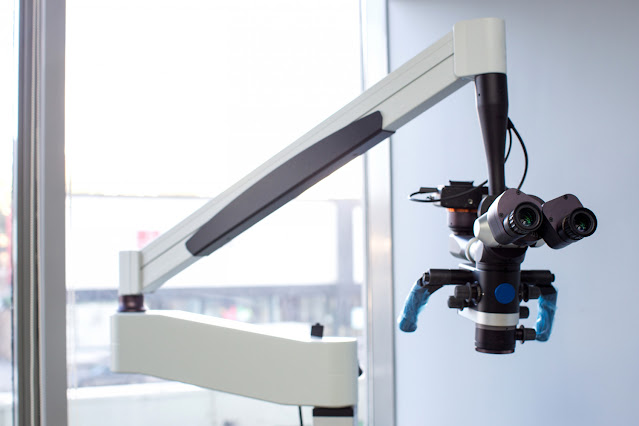Claw machines and robotic grippers can both grasp and pick up objects, but that's about where the similarities end. While a claw machine might seem like a simple and affordable way to complete pick-and-place tasks, it cannot replace a robotic gripper. In this article, we'll examine the main distinctions between these two technologies and clarify why a robotic gripper is a better option in the majority of situations.
Let's first examine what a claw machine is and how it functions. An arcade game known as a "claw machine" employs a motorized claw to scoop up prizes. The player inserts cash or tokens and then uses a joystick or button to control the claw's movement. The prize is then dropped down a chute by the claw after it has been captured, where it can be retrieved by the player. While using a claw machine for industrial or manufacturing applications might seem like a straightforward process, there are a number of drawbacks.
A claw machine's lack of precision is one of its main drawbacks. It is challenging to pick up little or fragile objects without breaking them because the claw is made to capture objects of various shapes and sizes. The claw can only follow a predetermined course and is therefore unable to respond to changes in the position or orientation of the object. Because of this, it is inappropriate for activities requiring precise positioning, such as assembling components or inserting objects into packaging.
The dependability of a claw machine is another drawback. While arcade games are built to withstand some wear and tear, they are not intended to run nonstop for extended periods of time. The claw's motors and gears are susceptible to rapid wear, particularly if they are put to heavy-duty use. Therefore, a claw machine is not a good choice for tasks requiring a high degree of accuracy and dependability.
A robotic gripper, in contrast, is created especially for use in manufacturing and industrial settings. Robotic grippers may pick up everything from tiny electronic components to large machinery parts and are commonly built of metal or plastic. Depending on an object's size and shape, it can be programmed to grasp it in a variety of ways, and it can adjust to changes in position and orientation.
Precision is one of the main benefits of a robotic gripper. Robotic grippers can be utilized for jobs that call for precise positioning since they are made to grab items with a high degree of accuracy. For instance, a robotic gripper may be used to precisely pick up and install a delicate electrical component into a circuit board. Robotic grippers can also be configured to grasp things with varied degrees of force, making them useful for activities that call for either a light touch or a firm hold.
Reliability is another benefit of a robotic gripper. Robotic grippers can be employed for high-volume production applications since they are built to run continuously for extended periods of time. They can survive a variety of climatic conditions, including changes in temperature and humidity, and they are made to withstand rigorous use.
Robotic grippers have a number of additional benefits over claw machines in addition to precision and dependability. Robotic grippers, for instance, can be programmed to function with a number of robotic arms, making them suitable for a multitude of applications. They can be utilized for activities that call for particular gripping solutions since they can be tailored to match particular items. Robotic grippers can also be fitted with cameras and sensors, enabling them to perform tasks that call for vision-based sensing or object detection.
In conclusion, a robotic gripper is a far better option than a claw machine for industrial and manufacturing applications. Although a claw machine might appear to be an easy and affordable way to complete pick-and-place tasks, it lacks the accuracy and dependability necessary for the majority of applications. As opposed to claw machines, robotic grippers have a number of benefits and are specifically made for industrial and manufacturing applications.
One of a robotic gripper's main benefits is precision. It is perfect for tasks that need precise positioning because it can pick up and place objects with extreme precision. For applications like electronics assembly or packaging, where even a small misalignment might lead to issues, this accuracy is essential.
Robotic grippers are not only extremely accurate but also very dependable. They can withstand a variety of climatic conditions because they are made to run constantly for extended periods of time. Due to the high cost of downtime, they are ideal for high-volume manufacturing applications.
Additionally, robotic grippers provide a degree of flexibility that claw machines are unable to match. They may be programmed to function with a variety of robotic arms and can be tailored to fit particular objects. They can thus be applied to a variety of activities, from straightforward pick-and-place operations to trickier assembly procedures.
Finally, a variety of sensors and cameras can be added to robotic grippers to enable them to carry out activities that call for vision-based sensing or object detection. They can thus be applied to a variety of activities, from straightforward pick-and-place operations to trickier assembly procedures.
In the end, even though a claw machine can be an alluring option for pick-and-place activities, it cannot be used in place of a robotic gripper. Robotic grippers are the best option for industrial and manufacturing applications because they have a number of benefits, including precision, dependability, flexibility, and sensing capabilities. Therefore, if you're thinking about using a claw machine for your application, think twice and choose a robotic gripper. Your efficiency and productivity will appreciate it!


_11zon.png)

No comments:
Post a Comment